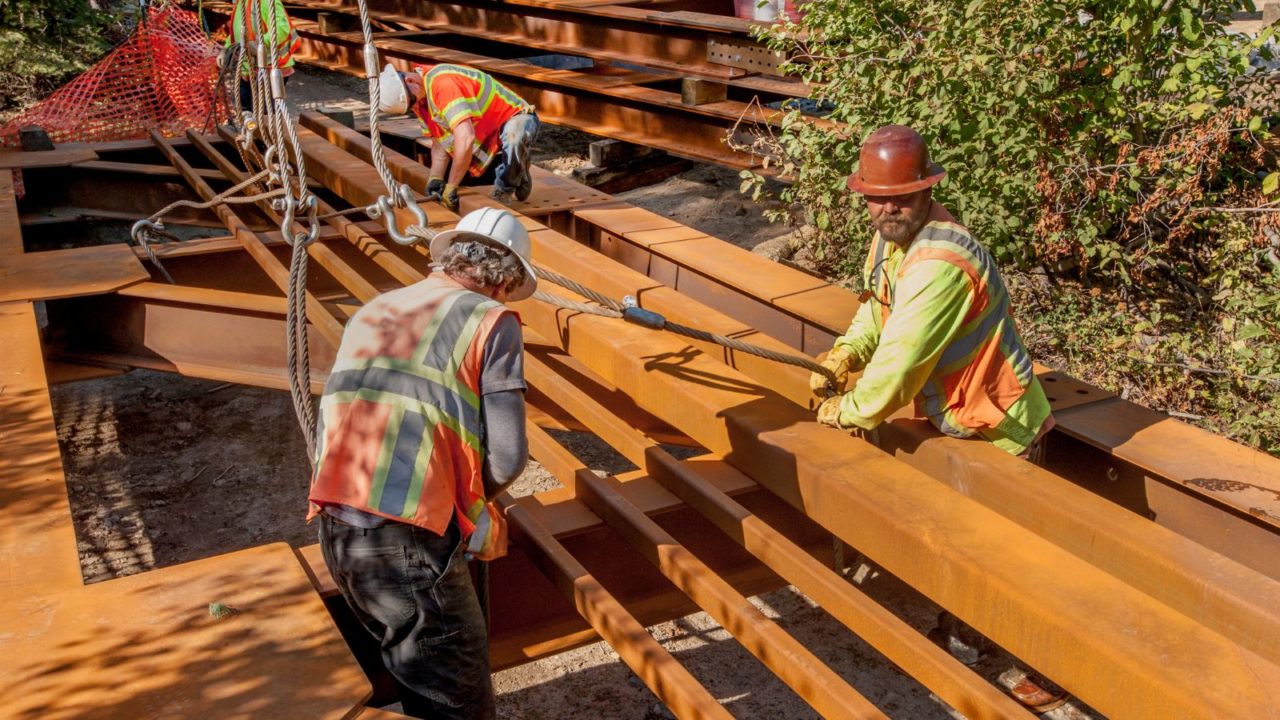New Report Suggest Construction Hiring Struggles Aren’t Going Anywhere

The construction industry is a vital part of the U.S. economy, employing millions of skilled workers. However, recent data from the Bureau of Labor Statistics (BLS) has revealed a stagnant trend in construction job openings for June 2023. This article delves into the numbers and explores what they mean for contractors, workers, and the industry as a whole.
A Slight Dip in Openings
Main points from new Bureau of Labor Statistics report:
- U.S. Construction Job Openings in June: 374,000
- Decrease from May: 5,000 job openings, a drop of about 0.1%
- Unfilled Construction Jobs in June: 4.5% of total jobs
- Decrease in Unfilled Jobs from June 2022: 9,000
- Number of Quits in Construction in June: Third-largest drop of all industries
- Fewer Workers Quitting in June Compared to May: 51,000
The Real Story Behind the Numbers
While the slight drop in open jobs and a reduction in quits may seem like positive news, contractors’ labor woes are far from over. Anirban Basu, chief economist for Associated Builders and Contractors, emphasizes that the real story is the persistently high number of unfilled jobs, despite massive interest rate increases and tighter credit conditions.
Last month, Basu noted that workers wield more power in labor negotiations, a trend that shows no signs of stopping. As contractors continue to indicate their intention to increase staffing over the next six months, many will continue to struggle to recruit and retain the skilled craftspeople they need to deliver projects.
“Some will focus on the fact that construction job openings declined in June,” Basu wrote in the press release. “But the real story is that, despite massive interest rate increases and tighter credit conditions facing developers and others that purchase construction services, the number of unfilled jobs remains so elevated by historical standards.”
Anirban Basu, chief economist for Associated Builders and Contractors
The Good News and the Bad News
The good news is that the construction industry is still thriving, with a high demand for skilled labor. The tough part is, there are still way more unfilled jobs than usual, and that shows just how hard it’s become to hire and keep people.
The slight decrease in job openings and the reduction in quits may seem like a positive trend, but it also reflects the ongoing struggles that contractors face in recruiting skilled workers. The power dynamics in labor negotiations have shifted in favor of workers, and this trend is likely to continue in the coming months.
Challenges Remain for Hiring Managers in 2023
The construction industry’s job openings for June 2023 present a complex picture. On the surface, the slight dip in openings and reduction in quits may seem like a positive development. However, a deeper analysis reveals that contractors’ struggles to hire and retain skilled workers are far from over. The persistently high number of unfilled jobs, despite economic challenges, indicates a robust demand for construction services.
The lack of labor in the construction sector in particular is hurting the ability of small builders to attract labor
Richard Branch, chief economist of Dodge Construction Network
However, it also highlights the need for innovative solutions to address the labor shortage in the industry.
By implementing innovative solutions like the ones shown below, companies can address the labor shortage and build a more resilient and diverse workforce.
- Investing in Apprenticeship Programs: Creating partnerships with educational institutions to develop apprenticeship programs can provide hands-on training for aspiring workers. This not only equips them with the necessary skills but also creates a pipeline of qualified workers ready to enter the industry.
- Utilizing Technology and Automation: Implementing advanced technology and automation can reduce the reliance on manual labor. Robotics, drones, and AI-driven tools can perform repetitive tasks, allowing human workers to focus on more complex and skilled roles.
- Offering Competitive Benefits and Flexible Work Arrangements: To attract and retain talent, companies can offer competitive salaries, benefits, and flexible work arrangements. This might include remote work options, flexible hours, or additional perks like health and wellness programs.
- Building a Strong Employer Brand and Culture: Creating a positive work environment and a strong employer brand can make a company more attractive to potential employees. This includes fostering a culture of growth, inclusivity, and support, where employees feel valued and motivated to stay.
- Targeting Underrepresented Groups: Expanding recruitment efforts to target underrepresented groups, such as women, minorities, and veterans, can tap into a broader talent pool. Offering specific training and support programs for these groups can help them transition into the industry more smoothly.
Contractors must find new ways to attract and retain skilled workers, recognizing the changing dynamics in labor negotiations. The industry must also invest in training and development to ensure a steady supply of skilled craftspeople for the future.
The stagnation in construction job openings is both good news and bad news. It reflects the strength and resilience of the industry but also underscores the challenges that lie ahead. The coming months will be crucial in determining how the industry navigates these challenges and continues to thrive.
Condustrial recognizes that each company has its own unique needs, consequently, we partner with each one to design and deliver a cost-effective, customized solution to assist our client in achieving their desired goals.

